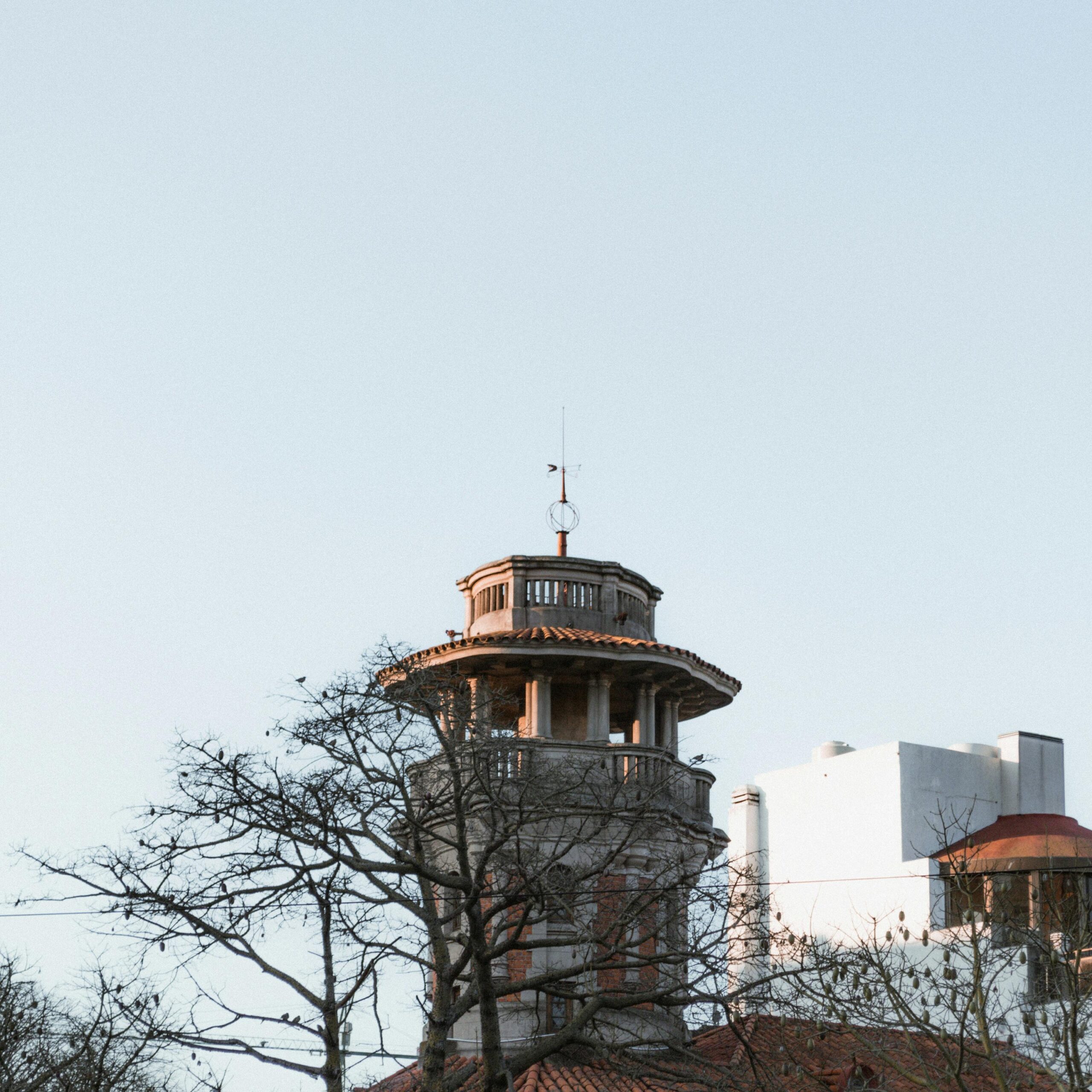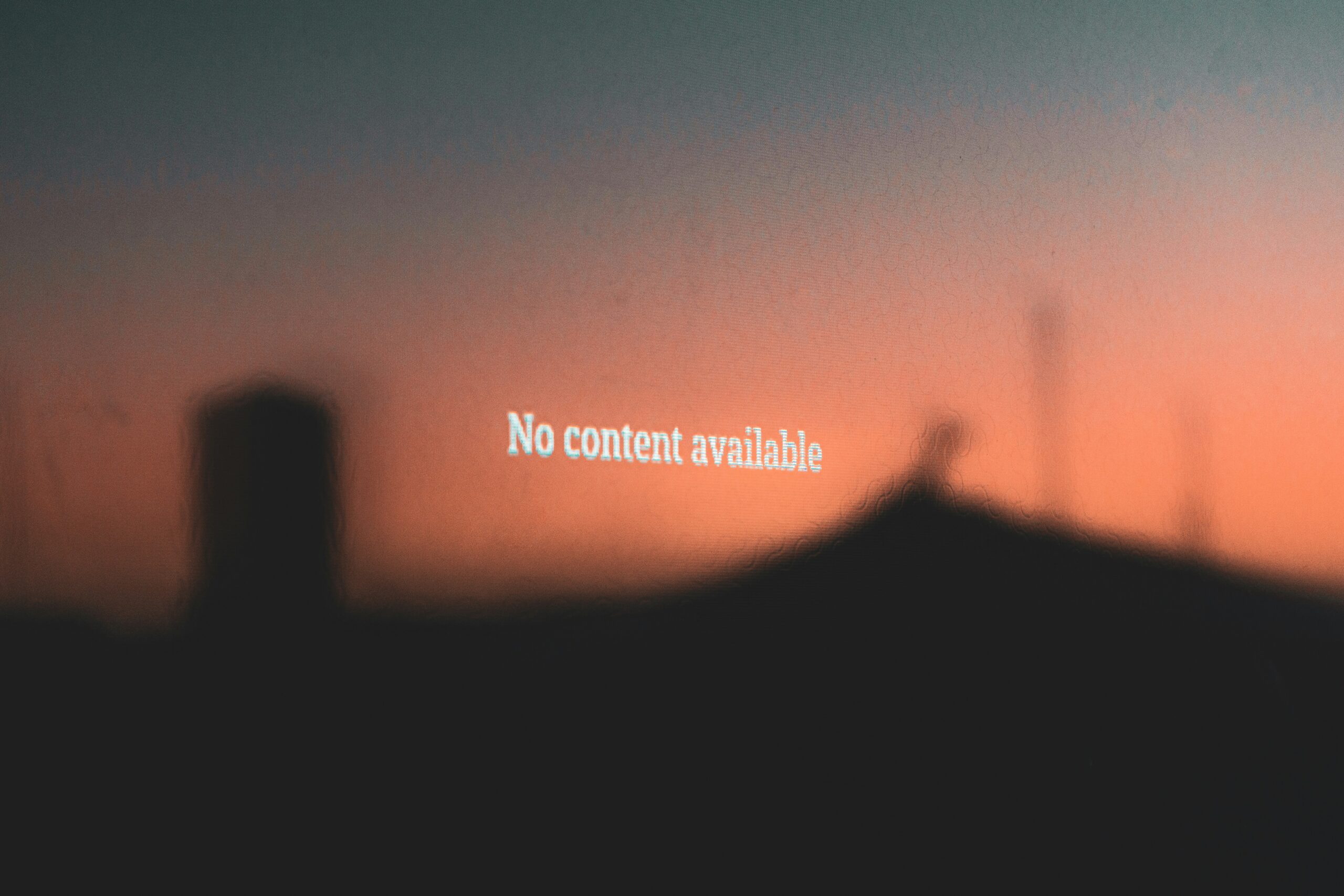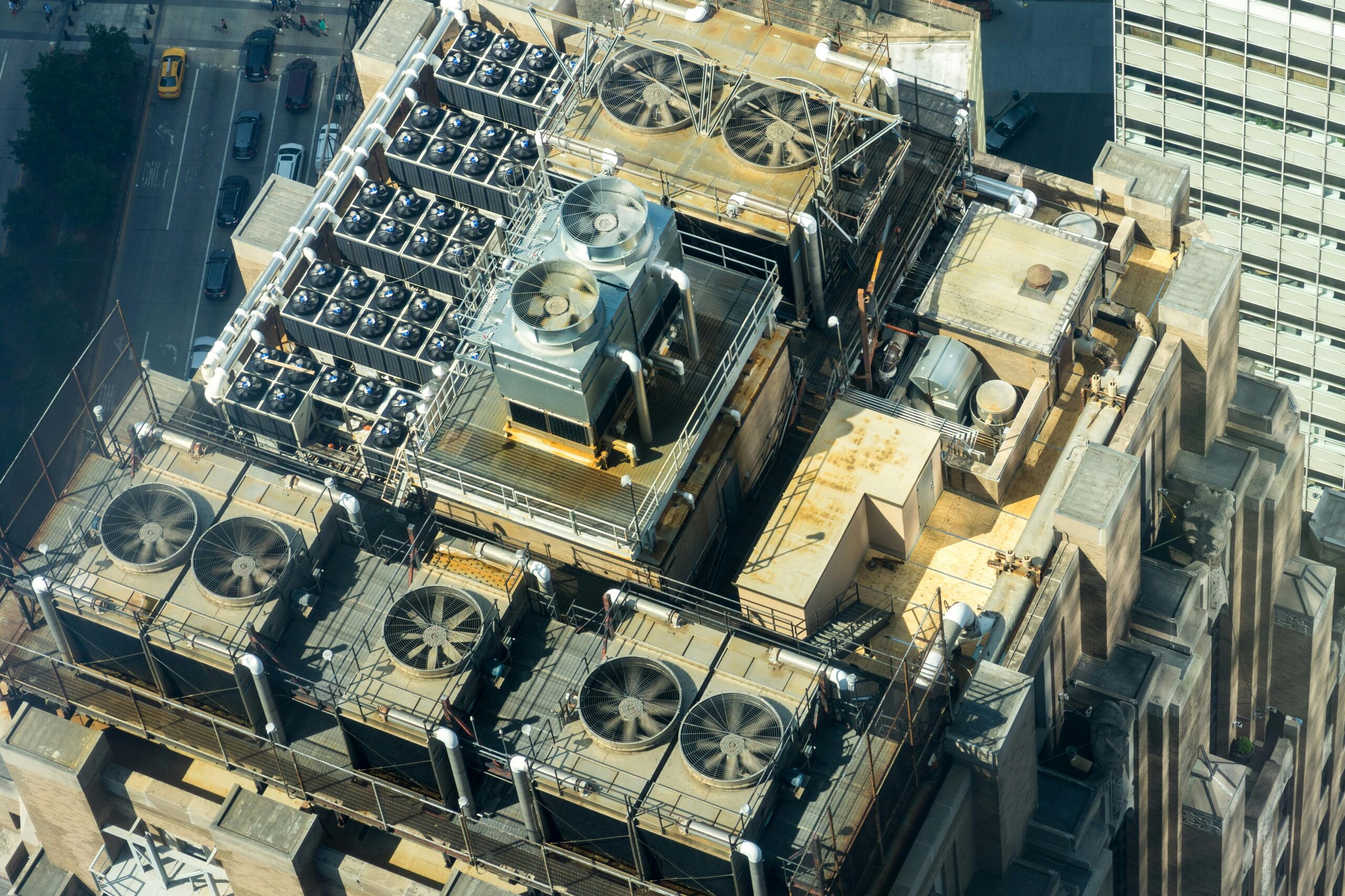 Germany lost its energy independence over a bottle of red wine...
Germany lost its energy independence over a bottle of red wine...
The reversal traces back to one evening in 2011. Chancellor Angela Merkel was winding down in her Berlin apartment... having a drink and discussing the Fukushima nuclear disaster with her husband.
Earlier that year, a massive earthquake had triggered a tsunami that struck the Fukushima Daiichi nuclear power plant. It caused three nuclear meltdowns within days.
Merkel didn't want a similar disaster to play out on her watch. Germany's 17 reactors supplied nearly one-quarter of the nation's electricity. But its relationship with nuclear power was tumultuous at best.
Since the 1970s, protesters had been occupying construction sites and marching by the thousands against new reactors. Germany's storage of U.S. nuclear weapons during the Cold War turned folks fearful. The Chernobyl meltdown in 1986 made matters worse.
And Fukushima was the last straw.
 Merkel was facing elections and a restive Green movement...
Merkel was facing elections and a restive Green movement...
She saw an opportunity. Within days, she announced an accelerated nuclear exit that would only take about a decade. The policy sailed through parliament with overwhelming support.
It was supposed to be an environmental win. The "Energiewende" promised to replace nuclear with vast networks of wind turbines and solar fields.
But wind and solar only work when it's... windy and sunny. Last year, the two could only cover 43% of all German energy output.
And Germany still doesn't have a great answer for keeping the lights on during a calm, cloudy day.
To fill the gap, the country has turned back to coal and natural gas.
 It all came to a head just last month...
It all came to a head just last month...
European Union companies have to purchase "carbon allowances" to match their carbon-dioxide emissions every year. The annual deadline to comply is September 30.
That means if companies haven't purchased enough allowances before then, they have to do so in September.
And two months ago, much of Germany lacked clean energy. That extra demand sent "dirty" energy prices soaring... leaving the country in a pinch.
German electricity prices hit €125.95 per megawatt-hour ("MWh"). France, which gets more than two-thirds of its power from nuclear, was paying just €13.86 per MWh.
The contrast couldn't have been starker. Nuclear-powered France remains largely insulated from fuel-price shocks and weather swings. Germany has found itself running coal plants and paying record carbon fees.
Merkel hoped her plan would modernize Germany's energy grid. Instead, it has set the country back decades.
 Here in the U.S., it seems we've learned that lesson already...
Here in the U.S., it seems we've learned that lesson already...
We're still working on plenty of natural gas and renewable-energy projects. But we aren't slowing down on nuclear, either...
The U.S. is at a crossroads. And the decision we make could determine whether we end up like Germany... or like France.
That's because, for the first time in decades, there simply isn't enough power.
Our energy grid is built to handle short periods of peak energy demand. For the rest of the year, the grid operates well below its maximum capacity.
Peak demand has been effectively flat for the past two decades, averaging around 750 gigawatts ("GW"). Total capacity also stayed pretty stable, around 1,000 GW.
That was, until 2021... when energy production ramped up following the pandemic.
Said another way, peak demand only required 74% of our grid's total capacity from 2005 to 2020... and it has required just 64% since then.
 But the rise of AI has triggered tremendous growth in demand for energy to power those advanced AI models...
But the rise of AI has triggered tremendous growth in demand for energy to power those advanced AI models...
In 2023, data centers accounted for 4% of electricity used in the U.S. By 2030, they could use as much as 12% of our grid's power.
As a result, the Federal Energy Regulatory Commission estimates peak energy demand will reach 947 GW by 2029.
That's a 26% jump for a metric that has largely been flat over the past 20 years.
Said another way, demand could soon jump to 79% of total capacity. And that could result in an unprecedented energy crisis.
Most industry experts agree that if we want to solve our growing need for power, we'll need to support a new age of nuclear energy.
Nuclear is cleaner than natural gas and coal. And it's far more efficient than solar or wind. A single nuclear facility can produce the same amount of electricity as hundreds of wind turbines.
With energy demand on the rise, the U.S. is rethinking its strategy. Nuclear is the best solution we have to meet our AI needs.
And that's creating a compelling investment opportunity in nuclear-related stocks.
Regards,
Joel Litman
November 11, 2025
P.S. I just recommended a standout nuclear stock in my brand-new Breakout Profits advisory...
This business operates the nation's largest nuclear fleet. It's already benefiting from rising power prices. Investors are starting to recognize the opportunity... and if I'm right, it won't be long before shares take off.
I predict this company will lead the next decade of U.S. nuclear power. We only have a short window of time to buy in. Learn more here.



 Germany lost its energy independence over a bottle of red wine...
Germany lost its energy independence over a bottle of red wine...

